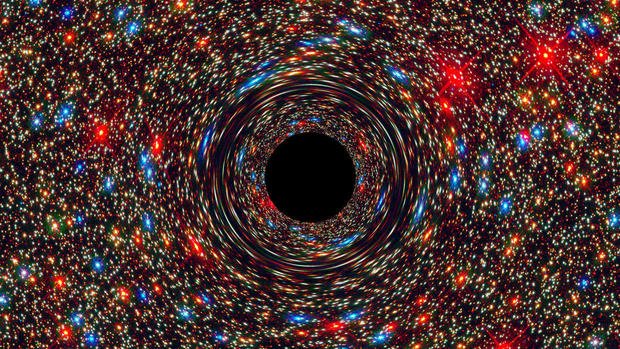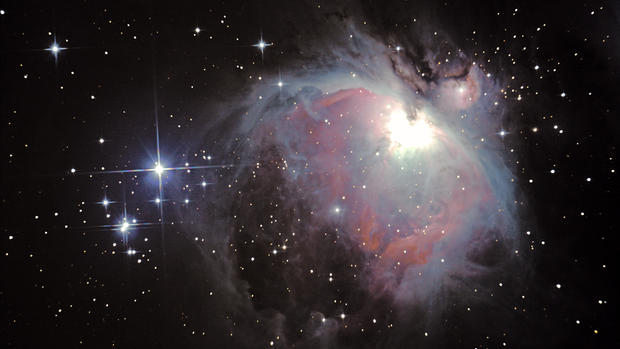Intense wind detected in space near black hole
An international team of astrophysicists has pinpointed an intense space wind that seems to emanate from one of the black holes closest to Earth.
The researchers observed an outburst from the black hole known as V404 Cygni back in June 2015. For the previous 25 years, the black hole had been mostly quiet, and the bright blast immediately stood out. The researchers then took optical measurements of the black hole's accretion disk, which is a structure of diffused material that orbits around a massive body in space, they explained in a press release.
The findings were published Monday in the journal Nature, detailing the wind, which is made up of un-ionized hydrogen and helium and formed in the accretion disk's outer layers.
The observation is notable in that this is the first time such wind has been detected in this kind of system. Given that it travels at a high velocity, the wind escapes from the powerful gravitational field that exists around the black hole.
"This outburst of V404 Cygni, because of its complexity and because of the high quantity and quality of the observations, will help us understand how black holes swallow material via their accretion disks," Teo Muñoz Darias, study lead author and a researcher at the Instituto de Astrofísicade Canarias (IAC), in Spain's Canary Islands, said in the release. "The database obtained is probably the best ever observed for an object of this kind."
The researchers used the 10.4m Gran Telescopio CANARIAS (GTC) to observe the phenomenon.
"We think that what we have observed with the GTC in V404 Cygni happens, at least, in other black holes with large accretion discs," added professors Charles and Jorge Casares from IAC, who are two of the study's co-authors.
The professors were two of the researchers who first discovered the black hole back in 1992.
V404 Cygni is only 8,000 light years away from Earth -- relatively nearby, as far as black holes go -- and possess a large accretion disk. This means that any outburst from the black hole show up particularly bright at all wavelengths, whether they be X-rays, infrared, visible light, or radio waves. The research team found that a nebula actually formed from the material that was spewed out by the fast wind, which is the first time that this kind of phenomenon has ever been observed in a black hole.
V404 Cygni is found in the constellation Cygnus, and is about 10 times the mass of the sun.


